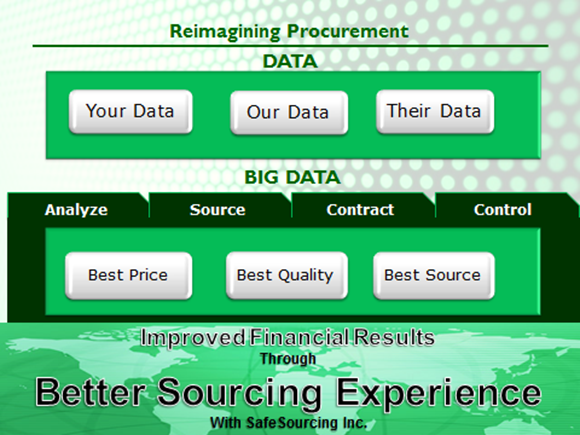Today’s post is by Troy Lowe; Vice President of Development at SafeSourcing.
Well, if you have not heard we have another product that is rising in price and will continue rise into the near future. This time it has nothing to do with Covid-19 or the rising inflation. The wholesale price for eggs is reaching historical highs just in time for Easter and Passover. This rise is being caused by a highly infectious avian flu that has swept across more than half of the country so far. Because this flu is so highly contagious and deadly to birds, it is forcing farmers across the country to kill millions of the egg laying birds. So of course, a lack of birds means a lack of eggs which intern causes prices to rise as the shortage of birds continues. So far, we are seeing the prices of large eggs from the Midwest are approximately three times higher than last year at this time. The price of the eggs is now reaching around three dollars a dozen and according to researchers this has only happened one other time. So far, the flu outbreak has been detected in almost thirty states. According to some experts the price may not go to much higher because retailers will often take a loss on products like eggs to bring in more traffic into their stores. The good news is that the bird flu is only affecting our pockets for now and should not affect our health. According to researchers this type of flu is rarely transmitted to humans. So, we only need to be concerned with rising costs until this passes.
Interested in learning how SafeSourcing can help your company save money during these and other shortages? If you would like more information on how SafeSourcing can help you, please contact a SafeSourcing Customer Service representative. We have an entire team ready to assist you today.


